How Star Trek: Generations Time Travel Works
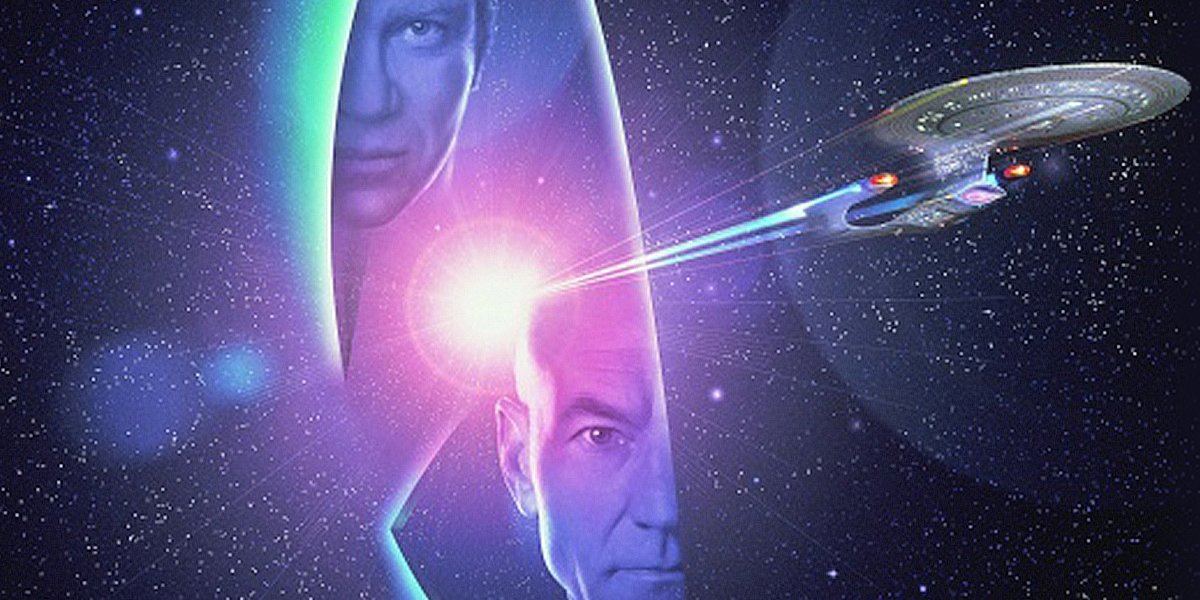
Space, the final frontier. Or at least, it would be, if time travel wasn’t such a readily available option; especially in the Star Trek universe. Welcome back to your weekly dosage of amateur temporal physics, as we here at CinemaBlend are ready to take you from here to there in the now and then! As you can see, last week’s trip through the cupboards, closets, and toilets of England in About Time has led to a little bit of restlessness here in the labs. So it’s time to put on the period and regulation appropriate Starfleet uniform, and dive into the time travel implications of 1994’s Star Trek: Generations!
Heralded as the movie that crossed the original series and Next Generation canons, allowing Captains James Tiberius Kirk (William Shatner) and Jean-Luc Picard (Patrick Stewart) to finally meet, time travel was unquestionably there to make that special moment happen. This adventure has it all: experimental technology, temporal disturbances, and another instance of mass property damage through damaged Starfleet vessels! Without any further delay, let’s see how the time travel of Star Trek: Generations works.
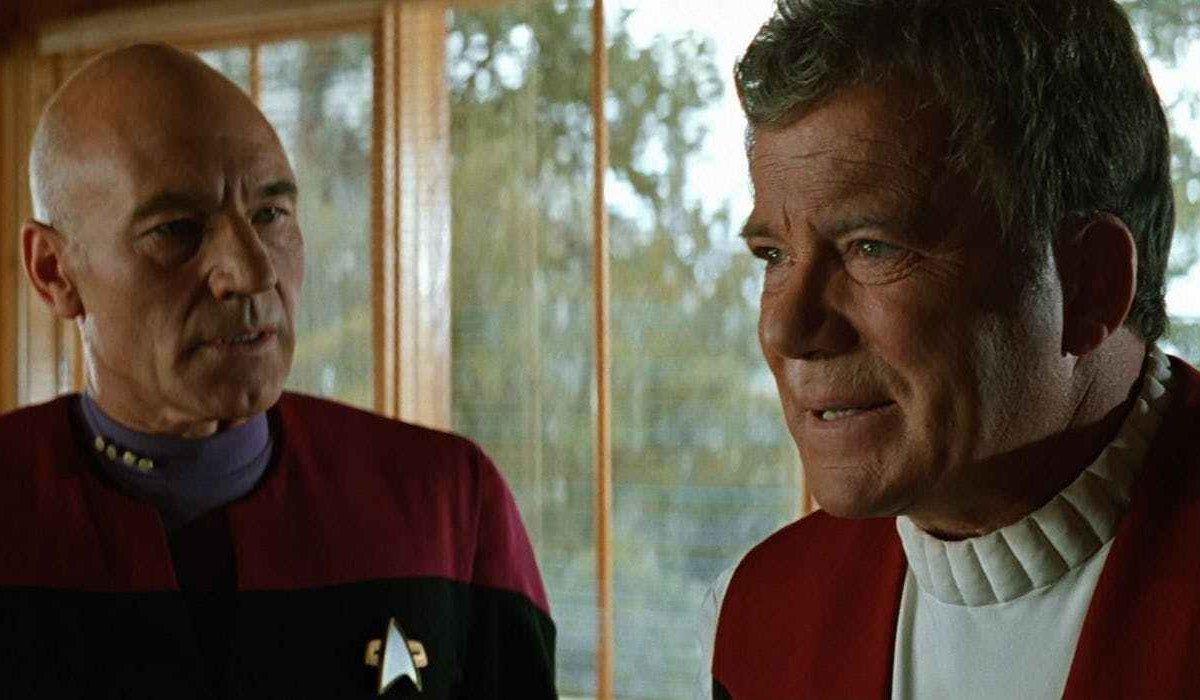
The Time Travel In Star Trek: Generations
In 2371, while the Enterprise-B was engaging in its shakedown cruise, Captain James T. Kirk was presumed dead, sucked into the vacuum of space. What actually happened is he was sucked into a pocket universe known as The Nexus, which just happens to be the obsession of scientist/villain Dr. Tolian Soran (Malcolm McDowell). His quest to get back to the Nexus will lead to a grand meeting between Kirk and Picard, with time travel being discovered in a brand new and exciting way in the process.
Who's Time Traveling
Captain Jean-Luc Picard and Captain James T. Kirk are our time travelers this time around. Though, quick note, how the hell didn’t Dr. Soran just use time travel to try and save his family from the Borg attack that claimed them?! Really missing the woods for the trees here, especially as Malcolm McDowell should be better versed in time travel, given he also starred as the granddaddy of our current subject matter, H.G. Wells, in the genre classic Time After Time. Rant over.
From When To When
Technically, Captain Picard is only traveling back a couple moments back in 2371. But the bigger reach is seeing Captain Kirk being pulled out of the Nexus, and brought forward 78 years from 2293.
CINEMABLEND NEWSLETTER
Your Daily Blend of Entertainment News
The Purpose Of Their Trip
The nefarious Dr. Soren wants to send himself to the Nexus for keeps, and he’s ready to destroy the sun of the Veridian system to attract the temporal ribbon that acts as the doorway. With the fate of an entire star system’s population in the balance, it’s up to Picard and Kirk to travel back to the moment Dr. Soren launches trilithium probe into the Verdian system’s sun, and attempt to prevent it from happening.
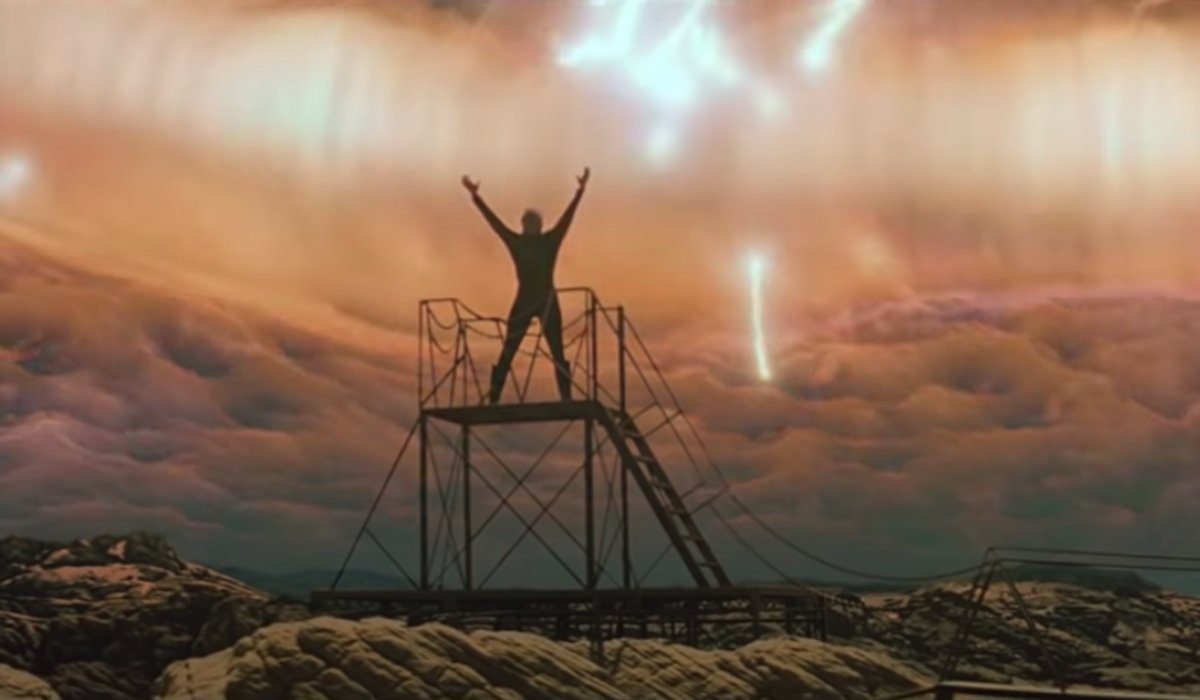
How Time Travel Happens In Star Trek: Generations
If you want to travel through time in Star Trek: Generations’ version of events, you’re going to need more than a Klingon Bird of Prey and some precise slingshot maneuvering. In fact, making your way through time is a pain in the ass in this particular scenario, as you technically only get one chance every 39.1 years to make the jump. That’s how often the Nexus and its temporal ribbon doorway crosses the galaxy, so you really need to know where and when this phenomenon is going to be in order to really take advantage of it.
The problem with using the temporal ribbon that acts as the doorway to the Nexus is that it’s an uncontrolled and unstable temporal distortion. As such, it’s always on the move throughout the universe, causing trouble and uniting starship captains with cunning plans to uphold the tenets of Starfleet. The ribbon destroys ships, but thankfully, doesn’t seem to destroy worlds or persons. So if you can attract the temporal ribbon to your current location, you can be wrapped up in the tangible joy that is the Nexus. Since the ribbon works on standard gravitational principles, you can alter its course through actions like, say, firing a trilithium probe into a sun and killing a whole star system.
Even if you’re successful, there’s a bit of a problem in that while you can travel anywhere and anywhen through the powers of the temporal ribbon, you’re more than likely to not want to do so. The Nexus, as described above by paraphrasing the wise Guinan (Whoopi Goldberg), is a place where you can live out any fantasy you want, and it’s as real as you could ever dream it to be. While it’s merely an all-encompassing mirage that stores you in a temporal pocket where time means nothing, it’s a pretty convincing customer. Should you want to travel through time, all you need to do is jump into your wildest dreams, and have the courage to ride out of them on horseback, or whatever your preferred method might be. Keeping in mind the time and place you want to be, you’re able to go there without a hitch.
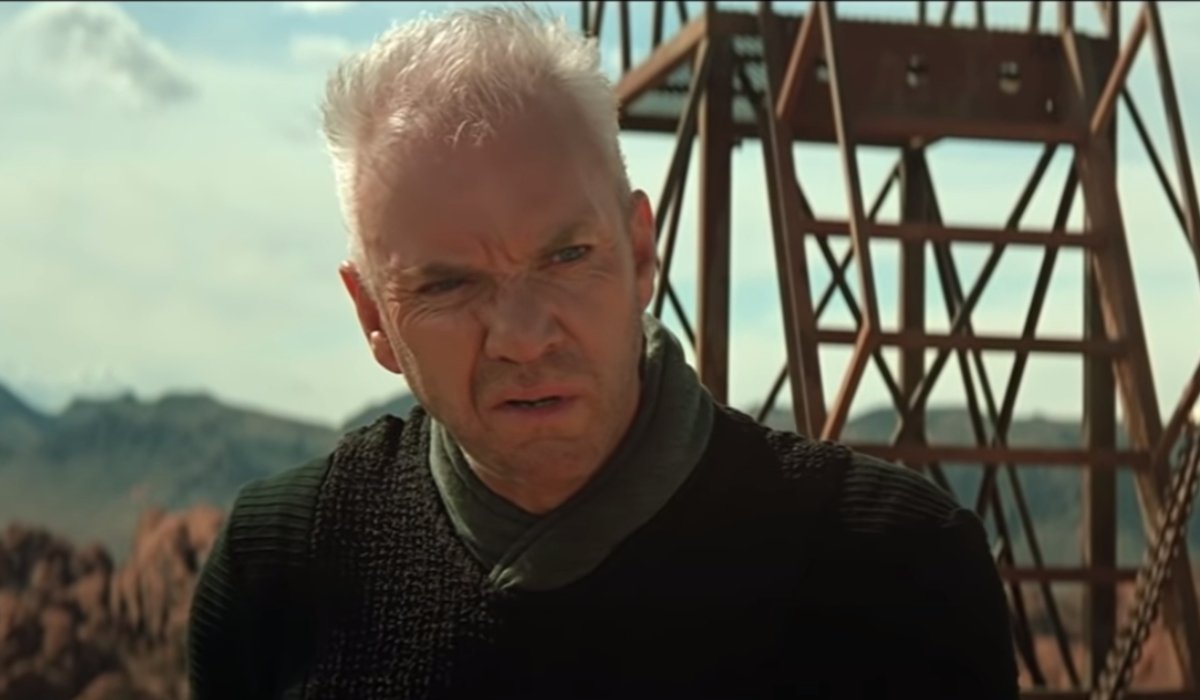
Can History Be Changed As A Result Of Time Travel In Star Trek: Generations?
History can absolutely be changed as a result of Star Trek: Generations’ time travel; otherwise Captain Picard and his Enterprise crew would have never lived to tinker with time again in Star Trek: First Contact. In the first version of the conflict between Picard and Dr. Soren on Veridian III, Soren gets the best of the Starfleet captain, which allows his trilithium probe launches, and the Veridian system is destroyed. This wipes out every living being in the area, including the occupants of the Enterprise-D, who crash landed in Veridian III’s forests during an emergency saucer separation. If the shockwaves didn’t do them in, the eventual lack of a central sun would have eventually done the job.
But, thanks to the Nexus, it looks like Captain Picard can return to his own body at the moment he’s trying to tangle with Dr. Soran on the surface of Veridian III. So there’s no need to worry about a Back to the Future style paradox, as people can’t run into their past selves. From that point, and with the assistance of Captain Kirk, the cataclysmic events we previously saw take hold are undone, thanks to some quick thinking on Picard’s end locking the trilithium probe to the launchpad.
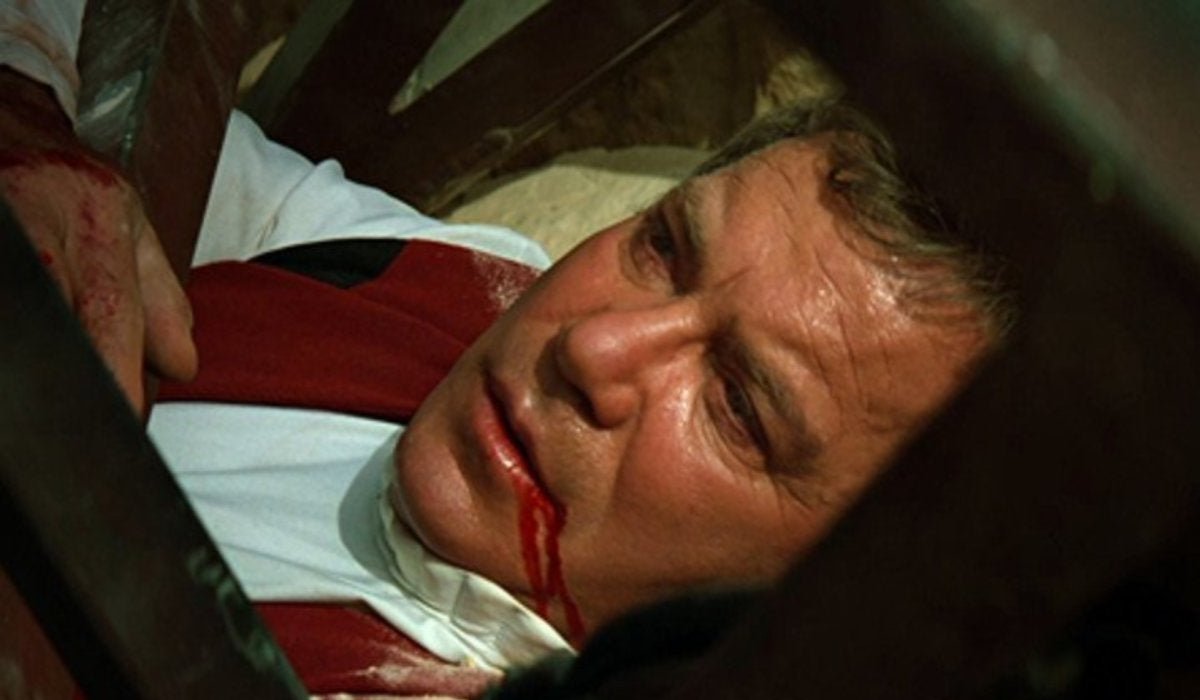
What Are The Consequences Of Time Travel In Star Trek: Generations
The major consequence of Star Trek: Generations’ storyline are two-fold. On the positive side of things, history is minorly rewritten to avoid the deaths of all inhabiting the Veridian system, as well as the crew and inhabitants of the Enterprise-D. Thanks to Captains Kirk and Picard, the casualties on Veridian-III only number two: Dr. Tolian Soran, and Captain James Tiberius Kirk.
After 78 years in the Nexus’ warm embrace, already written off as dead to the universe while making a difference, Captain James T. Kirk actually, physically dies on Veridian-III. While it has no consequence on the course of historical events, it’s the definitive endpoint to Captain Kirk’s story in the Star Trek timeline. At least, it’s the moment that serves that particular purpose on this timeline, but we’ve still got another movie to get through before we even touch the potential of the Kelvin timeline spurred on by J.J. Abrams’ Star Trek ’09.
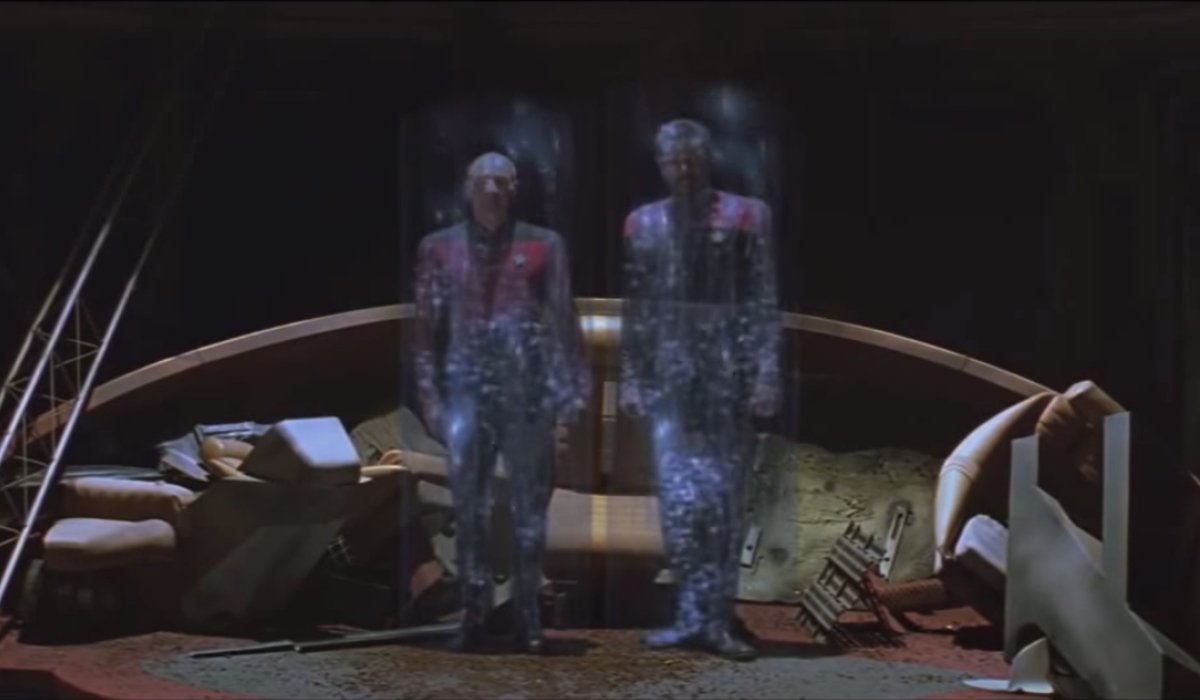
What We Leave Behind Is Not As Important As How We’ve Lived
Another Star Trek through time and space has come to an end, and if enough of you Trek fans stick around with us here at CinemaBlend, we’re hoping to get through Star Trek: First Contact and Star Trek ’09 in the next couple of months. For now, it’s time to head back to the surface of the Earth, and get into some more grounded time trouble.
Today, I’m about to travel back in time, with two tickets to Tenet strapped to my chest, in hopes that Past Mike doesn’t try to kill me for making him bump About Time a week later in the schedule. Which can only mean that writer/director Rian Johnson’s Looper is our adventure for next week’s class! But as always, we’d love to hear from you all out there with suggestions for what time travel adventures we should dig into through the future to come. We’ve got a great list of movies we know we’d like to cover, but this whole exercise is only half as fun without the input of you, our fellow travelers through time.
For now though, our journey has ended, and we’ve seen another starship wrecked in the Star Trek universe. Thankfully, it’s not our fault, and it wasn’t even the mechanism for time travel, so we technically don’t have to pay for it! We’ll see you all back here next week, when we once again take you from here to there in the now and then. Reyes to CinemaBlend, one to beam up.

Mike Reyes is the Senior Movie Contributor at CinemaBlend, though that title’s more of a guideline really. Passionate about entertainment since grade school, the movies have always held a special place in his life, which explains his current occupation. Mike graduated from Drew University with a Bachelor’s Degree in Political Science, but swore off of running for public office a long time ago. Mike's expertise ranges from James Bond to everything Alita, making for a brilliantly eclectic resume. He fights for the user.










